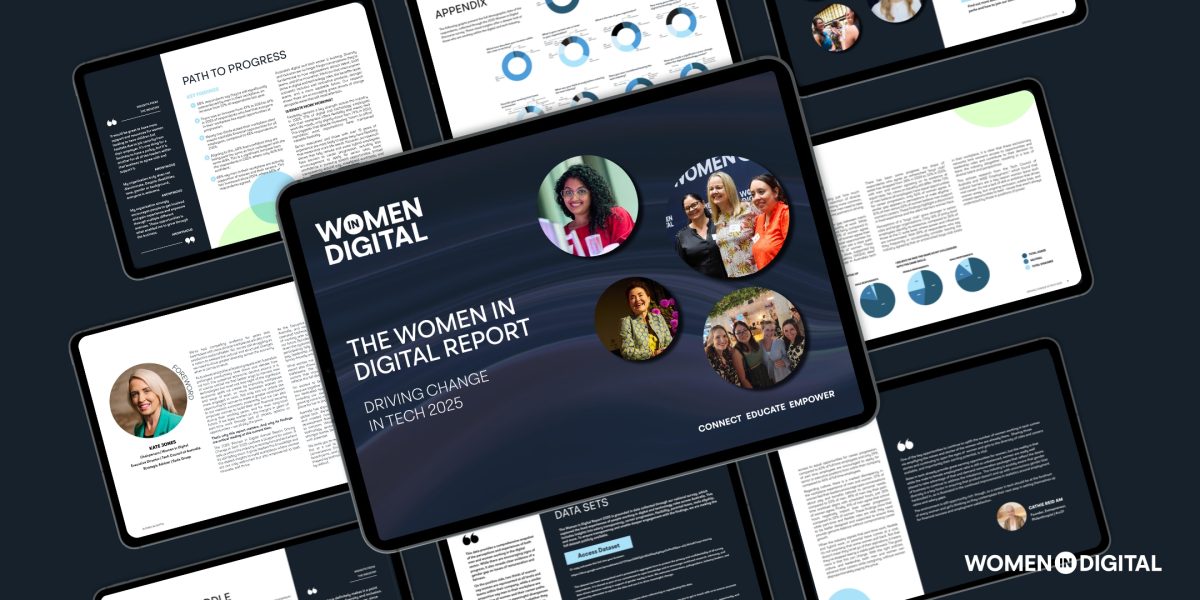The Pipeline: Early Gains, Later Losses
The Women in Digital 2025 report reveals a glaring leak in the tech talent pipeline: while women are entering the sector in record numbers, far too many exit before reaching senior leadership. Despite significant investment in graduate and early-career support, only 22% of female respondents over 55 see a clear path to promotion — exposing a stark drop-off in progression that threatens the future of gender diversity in tech.
Organisations are successfully attracting and nurturing early-career women through graduate programs, scholarships, and structured entry pathways. However, this momentum fades sharply as women move into mid and senior career stages. Support diminishes notably for women over 40 and especially into their 50s, underscoring a critical failure to sustain career development beyond entry-level roles.
Confidence Gap in Pursuing Senior Roles
The report reveals a notable confidence gap between men and women when applying for senior roles. While 81% of men believe they support women’s careers, only 68% of women feel that support. This disparity suggests women may perceive less encouragement than intended, potentially impacting their confidence to pursue leadership positions.
Organisations bear a significant responsibility to bridge this gap by actively supporting, mentoring, and sponsoring diverse talent. Implementing inclusive performance management practices, offering structured mentorship programs, and fostering a culture of constructive feedback can help women feel more confident and supported in their career progression.
To balance the scales, companies can adopt strategies such as:
- Structured Mentorship Programs: Pair women with senior leaders to provide guidance and boost confidence.
- Inclusive Leadership Training: Equip leaders with skills to support diverse teams, fostering an inclusive environment.
- Clear Promotion Criteria: Establish transparent pathways to advancement to demystify the process and encourage women to apply for senior roles.
By taking these steps, organisations can empower women to pursue and attain leadership positions, fostering a more equitable workplace.
Structural Barriers Holding Women Back
This decline is driven by structural barriers such as the absence of part-time progression routes, hidden biases, and the “caregiving penalty” that disproportionately impacts women balancing family responsibilities. Moreover, part-time employees are significantly less likely to feel encouraged to pursue leadership roles, compounding the challenge.
Concrete Actions to Fix the Pipeline
To fix this leaky pipeline, organisations must move beyond generic development initiatives and embed targeted, actionable strategies at every career stage:
-
Career Path Audits:
Require leaders to map and regularly review clear development and promotion pathways for all employees, ensuring transparency and accountability beyond entry-level roles.
-
Leadership Shadowing:
Provide mid-career women with structured opportunities to gain visibility into executive decision-making and strategic leadership, preparing them for senior roles.
-
Sponsorship Programs:
Establish active sponsorship where senior leaders advocate for women in promotion discussions, moving beyond mentorship to tangible career advancement support.
Fixing the pipeline demands sustained, structured support—not just at entry but throughout every stage of a woman’s career. Only by closing these gaps can we build a tech workforce where women don’t just enter, but rise, lead, and thrive.
The 2025 Women in Digital Report is now available!
The conversation around gender equity in tech has never been more urgent or more important. The 2025 Women in Digital Report “Driving Change in Tech 2025” dives deep into the lived experiences of people in digital and technology roles across Australia, providing a powerful data-driven overview of where we are, and where we need to go.
Click to download the report!


